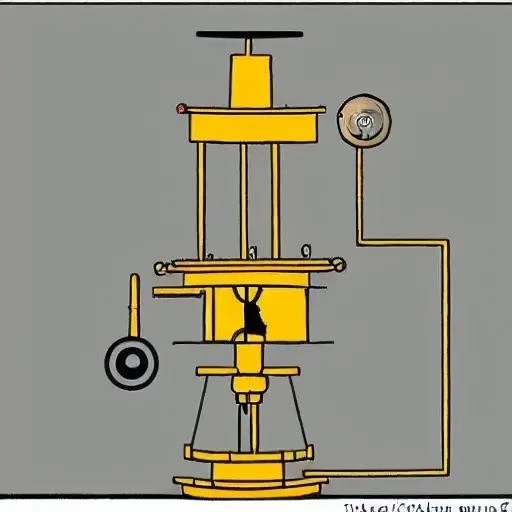Today is 10/01/2025 11:23:53 ()
In the exhilarating world of drag racing, where milliseconds dictate destiny and every ounce matters, innovation relentlessly drives the pursuit of ultimate speed. While raw horsepower often steals the spotlight, the meticulously engineered drag car aluminum interior is emerging as an unsung hero, silently but profoundly transforming how champions conquer the quarter-mile. Far from the plush comfort of street vehicles, these stripped-down, performance-focused cockpits represent a remarkable fusion of advanced materials, surgical precision, and a relentless commitment to shedding weight, thereby unlocking unprecedented levels of agility and acceleration on the asphalt.
For decades, drag racers have understood that less weight equals more speed. However, modern advancements in material science and fabrication techniques have elevated this principle to an art form, moving beyond mere stripping to strategic optimization. By integrating insights from cutting-edge aerospace engineering and a deep understanding of structural dynamics, today’s aluminum interiors are not just lightweight; they contribute significantly to the car’s overall rigidity and safety. This sophisticated approach ensures that every component, from the custom door panels to the precisely fitted floorboards and transmission tunnels, serves a dual purpose: minimizing mass while maximizing structural integrity, pushing the boundaries of what was once thought possible for these formidable machines.
Key Aspects of Drag Car Aluminum Interiors
| Aspect | Description |
|---|---|
| Primary Benefit: Extreme Weight Reduction | Aluminum’s high strength-to-weight ratio significantly reduces overall vehicle mass, directly translating to improved acceleration and reduced elapsed times on the drag strip. |
| Secondary Benefit: Enhanced Structural Integrity | When properly fabricated and integrated, aluminum panels can add rigidity to the chassis, improving handling and driver feedback, while meeting stringent safety regulations. |
| Common Components | Door panels, front floor kits, rear floor kits, transmission tunnels, custom dashes, and seat shells are frequently crafted from aluminum. |
| Key Materials Utilized | Primarily aluminum, often complemented by carbon fiber for ultra-lightweight applications and steel for specific structural or regulatory requirements. |
| Industry Standards & Compliance | All components are designed and fabricated to meet or exceed strict IHRA (International Hot Rod Association) and NHRA (National Hot Rod Association) specifications for safety and competition. |
| Leading Industry Suppliers | Applied Racing Technology, S&W Performance Group, Chassis Engineering, Alston Race Car Components, and Speedway Motors are renowned providers of preformed and custom aluminum interior kits. |
| Official Reference Link | S&W Performance Group |
The craftsmanship involved in creating these specialized interiors is truly remarkable. From preformed kits offered by industry stalwarts like Chassis Engineering and S&W Performance Group to bespoke, hand-fabricated panels seen in top-tier builds, the attention to detail is paramount. Expert fabricators, often working with raw aluminum sheets from suppliers like Home Depot for custom projects or utilizing advanced CNC machinery, sculpt functional art that fits the precise dimensions of each unique vehicle. This blend of readily available materials and highly specialized skills allows for incredible customization, ensuring that whether it’s a “little guy” racer or a professional team, the interior is perfectly optimized. Russ Farmer, the visionary behind Race Tech, has spent decades perfecting the art of fabricating racing machines, showcasing the deep expertise shaping this domain.
Beyond the immediate performance gains, the aesthetic appeal of a polished drag car aluminum interior cannot be overstated. The raw, industrial beauty of aluminum, often paired with strategic carbon fiber accents, creates a cockpit that is both purposeful and visually striking. It’s a testament to form following function, where every rivet and weld tells a story of speed and precision. While some racers note a slight warmth on hot summer days, the overwhelming benefits—from shaving precious tenths off lap times to providing a robust, compliant environment—far outweigh such minor considerations. This forward-looking approach to interior design is not merely about racing; it’s about pushing the boundaries of engineering and inspiring new generations of automotive enthusiasts and innovators.
Looking ahead, the evolution of drag car interiors promises even more exciting developments. As materials science progresses and computational design tools become more sophisticated, we can anticipate even lighter, stronger, and more aerodynamically optimized solutions. The continuous pursuit of perfection in areas like structural integrity and driver ergonomics will ensure that the aluminum interior remains a cornerstone of drag racing’s relentless quest for speed. It’s a compelling narrative of human ingenuity meeting mechanical prowess, driving innovation forward and ensuring that the roar of a drag engine will forever be accompanied by the silent, yet powerful, efficiency of its meticulously crafted aluminum heart.





